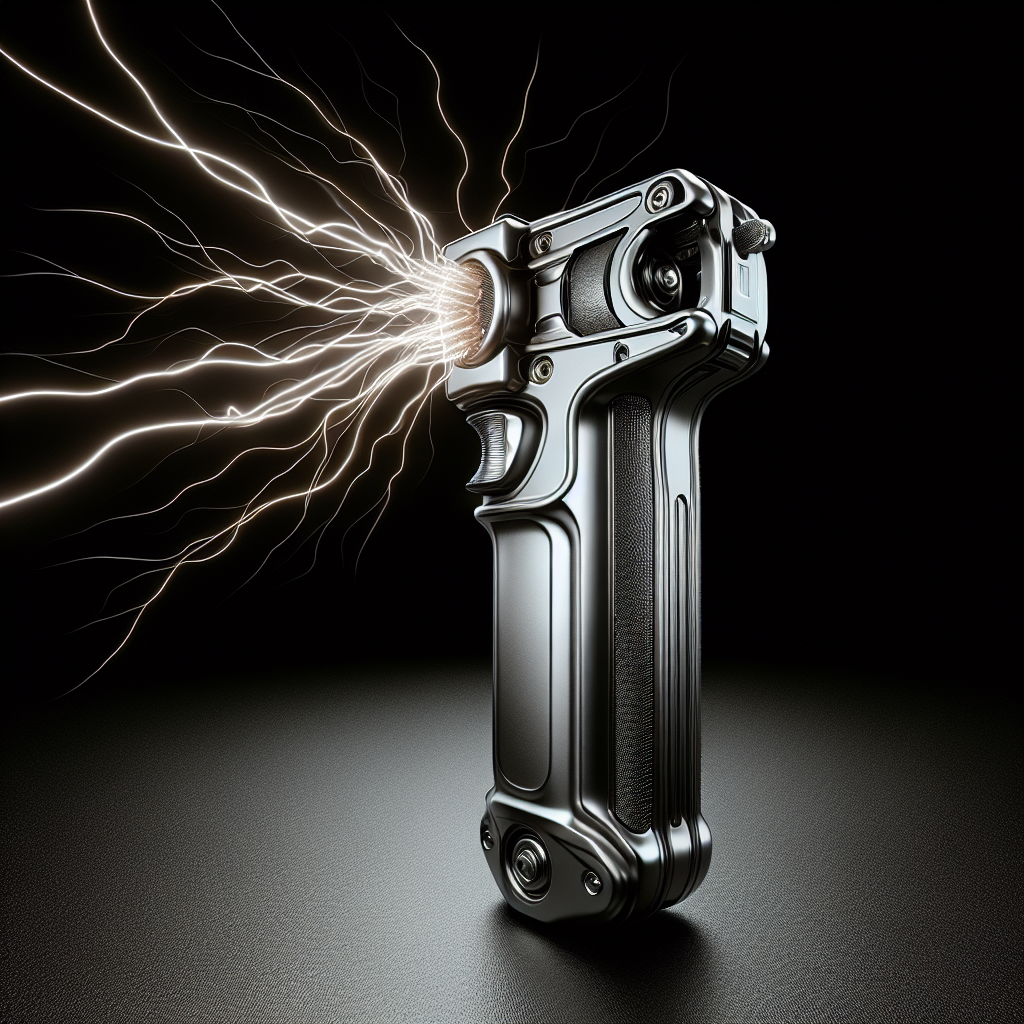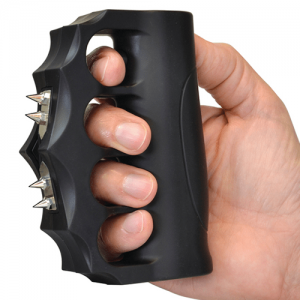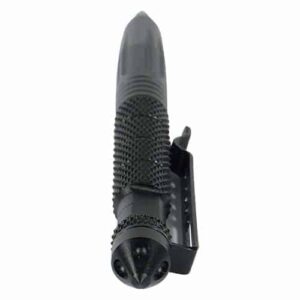Hey there! Have you ever wondered about the voltage of a Taser and how it actually works? Well, get ready to be electrified with knowledge! In this article, we’ll be exploring the fascinating world of Taser voltage and gain a better understanding of its shocking power. So, fasten your seatbelts and let’s get ready to zap our way through this electrifying topic!
Table of Contents
ToggleUnderstanding the Voltage of a Taser
Historical Background of Tasers
Tasers, which are also known as conducted electrical weapons (CEWs), have a rich historical background that dates back several decades. The concept of using electrical currents for self-defense purposes was first introduced in the late 1960s by a NASA researcher, Jack Cover. Inspired by science fiction stories, Cover developed an early version of the Taser, named after his favorite childhood book, “Tom Swift.” Over time, the technology behind Tasers has advanced significantly, leading to the modern-day devices that are widely used by law enforcement agencies and civilians alike.
Explanation of Voltage
Voltage is a crucial factor to understand when it comes to Tasers. Voltage refers to the potential difference between two points in an electrical circuit, and it determines the strength of the electrical current that flows through it. In the context of Tasers, voltage plays a vital role in incapacitating targets by causing involuntary muscle contractions and temporary paralysis. Higher voltage Taser models have the ability to deliver a more intense electric shock, which translates to a greater effect on the target’s neuromuscular system.

Components of a Taser
A Taser consists of several key components that work together to generate and deliver an electric shock. The main components include a power source, which is usually a rechargeable battery, and an electrical circuit that controls the flow of electricity. The circuit is comprised of capacitors, which store and release electrical energy, and a transformer, which increases the voltage before it reaches the target. Additionally, a Taser is equipped with electrodes, which are responsible for delivering the electrical charge to the target, often through small darts that are propelled by compressed gas.
Types of Tasers
There are various types of Tasers available on the market, each designed with specific purposes and features. The most common type is the traditional Taser, which delivers an electric shock through two metal probes attached to the device. Another type is the stun gun, which delivers an electric shock through direct contact with the target. Additionally, there are compact and concealed Tasers that are designed for discrete usage, as well as advanced models with additional features such as built-in cameras for evidence gathering.

Effectiveness of Voltage in Subduing Targets
The effectiveness of voltage in subduing targets largely depends on the physiological response of the human body to the electric shock. When exposed to a high-voltage Taser discharge, the target’s neuromuscular system is disrupted, resulting in intense muscle contractions and temporary paralysis. This response can render the target immobilized, allowing law enforcement officers to safely make an arrest or prevent a potentially dangerous situation. However, it is important to note that the effectiveness of a Taser also depends on various individual factors, such as the target’s overall health and drug use.
Comparison of Taser Voltage to Other Electrical Devices
When comparing the voltage of a Taser to other electrical devices, it is important to consider the specific purpose and design of each device. While Tasers typically operate at high voltages, ranging from 50,000 to 75,000 volts, it is important to remember that voltage alone does not determine the severity of an electric shock. Other factors, such as current and duration of the shock, also play crucial roles in assessing the potential harm caused by electrical devices. Moreover, Tasers are designed to deliver short-duration bursts of electricity, which differ significantly from the continuous current used in everyday electrical devices.

Importance of Taser Voltage Range
The voltage range of a Taser is a critical factor to consider when selecting the appropriate device for self-defense or law enforcement purposes. Tasers are available in a range of voltages, and the choice of voltage should be based on various factors, including the intended use, target demographics, and legal considerations. Higher voltage Tasers generally have a greater impact on the target’s neuromuscular system, ensuring a higher likelihood of incapacitation. However, it is essential to strike a balance between effectiveness and safety to avoid the risk of excessive force or permanent injury.
Regulation and Guidelines for Taser Voltage
The use of Tasers is subject to regulation and guidelines to ensure their safe and responsible deployment. Different jurisdictions may have specific rules regarding the voltage limits of Tasers used by law enforcement officers and civilians. These regulations are in place to prevent the misuse of Tasers, mitigate the risk of excessive force, and protect the physical well-being of both the target and the user. It is important for individuals to familiarize themselves with the local laws and guidelines regarding Taser use to avoid any legal implications.

Potential Risks and Concerns Related to Taser Voltage
While Tasers are generally considered safe when used appropriately, there are potential risks and concerns associated with Taser voltage. The high-voltage electric shock delivered by Tasers can cause serious injuries or even death in rare cases, particularly if the target has pre-existing medical conditions. Additionally, certain individuals may be more vulnerable to the effects of the electric shock, such as those with cardiac issues or pregnant women. As with any tool or weapon, it is essential to use Tasers responsibly and exercise caution to minimize potential risks.
Research and Studies on Taser Voltage
Extensive research and studies have been conducted to evaluate the safety and effectiveness of Taser voltage. These studies have explored various aspects, including the physiological response to electric shocks, the potential risks associated with high-voltage Taser discharges, and the impact on different target demographics. Furthermore, ongoing research aims to identify ways to enhance the safety and efficiency of Tasers, while also addressing concerns related to excessive force and potential long-term effects on the human body. The findings from these studies contribute to the development of guidelines and best practices for Taser use.













